Home>Gardening & Outdoor>Landscaping Ideas>What To Do If You Put Down Too Much Grass Seed
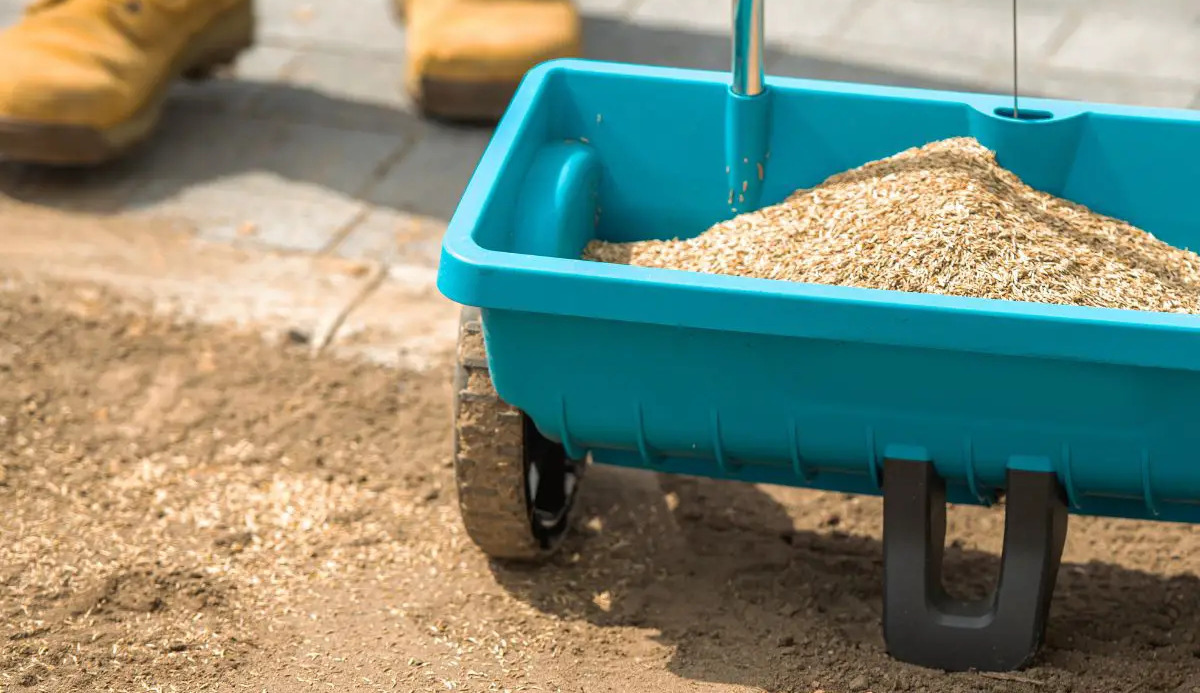

Landscaping Ideas
What To Do If You Put Down Too Much Grass Seed
Modified: February 18, 2024
Learn how to fix an over-seeded lawn with our expert landscaping ideas. Discover the best solutions for dealing with excessive grass seed and restoring your yard to its former glory.
(Many of the links in this article redirect to a specific reviewed product. Your purchase of these products through affiliate links helps to generate commission for Storables.com, at no extra cost. Learn more)
Introduction
So, you've put down too much grass seed. It happens to the best of us, but don't worry – there are ways to correct this common landscaping mishap. Over-seeding, while well-intentioned, can lead to issues such as overcrowding, competition for resources, and poor overall lawn health. However, with the right approach, you can remedy the situation and set your lawn on the path to lush, healthy growth.
In this guide, we'll explore the steps you can take to address the problem of over-seeding and nurture your lawn back to its full potential. Whether you're a seasoned gardener or a novice enthusiast, understanding how to manage excessive grass seed can help you achieve a vibrant and thriving lawn. Let's delve into the process of assessing the situation, implementing corrective measures, and maintaining your lawn for long-term success.
Key Takeaways:
- Don’t panic if you’ve over-seeded your lawn! Assess the situation, thin out excess growth, adjust watering, apply balanced fertilizer, and monitor progress to correct the issue and promote healthy, lush grass.
- After correcting over-seeding, maintain your lawn with regular mowing, proper watering, weed control, pest monitoring, and seasonal care. With patience and consistent care, you’ll enjoy a vibrant and inviting outdoor space.
Read more: What To Do If I Put Too Much Grass Seed
Assessing the Situation
Before taking any corrective action, it’s essential to assess the extent of the over-seeding and its impact on your lawn. Over-seeding can lead to issues such as overcrowding, nutrient depletion, and increased susceptibility to diseases and pests. Start by observing the density of the new grass growth and any signs of stunted development or discoloration. If the grass appears excessively thick and tangled, it’s likely that over-seeding has occurred.
Next, evaluate the overall health of the lawn. Look for areas of poor growth, uneven germination, or signs of stress such as yellowing or browning. Consider the environmental conditions, including sunlight exposure, soil moisture, and drainage, as these factors can influence the success of the grass seed. By carefully examining the lawn, you can pinpoint the areas that require attention and determine the best course of action.
Additionally, consider the type of grass seed that was used. Different grass species have varying growth habits and maintenance requirements. If the over-seeded areas consist of a mix of grass types, it’s important to understand their individual characteristics and how they interact with one another. This insight will inform the steps you take to correct the over-seeding and optimize the lawn’s overall composition.
By thoroughly assessing the situation, you can gain a clear understanding of the challenges posed by over-seeding and lay the groundwork for effective corrective measures. With this knowledge in hand, you’ll be better equipped to restore balance to your lawn and promote healthy, uniform growth.
Steps to Correct Over-Seeding
Once you’ve assessed the impact of over-seeding on your lawn, it’s time to take proactive steps to address the issue and promote balanced, healthy growth. Follow these essential steps to correct over-seeding and guide your lawn toward optimal vitality:
- Thinning Out Excess Growth: Begin by carefully thinning out the overly dense areas of grass growth. Using a rake or specialized lawn thinning tool, gently remove excess grass seedlings to create space for the remaining plants to thrive. This process helps alleviate overcrowding and reduces competition for essential resources such as sunlight, water, and nutrients.
- Adjusting Watering Practices: Over-seeded areas may require modified watering routines to support the development of the grass seedlings. Monitor soil moisture levels and adjust your watering schedule as needed to ensure that the newly emerging grass receives adequate hydration without becoming waterlogged. Striking the right balance is crucial for promoting healthy root establishment and overall resilience.
- Applying Balanced Fertilization: Introduce a balanced fertilizer to provide essential nutrients that support the recovery and growth of the over-seeded areas. Look for a fertilizer specifically formulated for new grass establishment, as it will contain the necessary elements to encourage robust development without overwhelming the existing lawn.
- Implementing Aeration: Consider aerating the over-seeded areas to improve soil structure and enhance the penetration of air, water, and nutrients. Aeration helps alleviate soil compaction and creates an environment conducive to healthy root growth, enabling the grass seedlings to establish themselves more effectively.
- Monitoring and Adjusting: Regularly monitor the progress of the corrected over-seeded areas and make adjustments as needed. Keep a close eye on the development of the grass seedlings, the overall health of the lawn, and any signs of stress or imbalance. By staying attentive and responsive, you can fine-tune your approach and ensure the successful integration of the corrected areas into the rest of the lawn.
By following these steps, you can effectively correct over-seeding and nurture your lawn back to a state of equilibrium. With thoughtful intervention and ongoing care, you’ll encourage the healthy, harmonious growth of your grass, creating a lush and inviting landscape for years to come.
If you put down too much grass seed, gently rake the area to break up the clumps and spread the seeds out. Water lightly to avoid washing away the seeds, and monitor the area for germination. If the grass becomes too thick, you may need to thin it out by carefully pulling up some of the seedlings.
Maintaining the Lawn
After addressing the issue of over-seeding and guiding your lawn back to a healthier state, it’s crucial to implement ongoing maintenance practices that support sustained growth and vitality. By incorporating the following maintenance strategies, you can ensure that your lawn remains vibrant and resilient:
- Regular Mowing: Maintain a consistent mowing schedule to keep the grass at an optimal height for healthy growth. Avoid cutting the grass too short, as this can stress the plants and make them more susceptible to issues such as drought and weed invasion. Instead, aim to remove no more than one-third of the grass blade’s length with each mowing session.
- Proper Watering: Monitor soil moisture levels and adjust your watering practices according to the specific needs of your lawn. Deep, infrequent watering promotes strong root development, while shallow and frequent watering can lead to weak, shallow roots. Be mindful of environmental factors such as rainfall and seasonal changes, adapting your watering routine as necessary.
- Weed Control: Stay vigilant against weeds that can compete with the grass for resources and detract from the overall appearance of the lawn. Implement targeted weed control measures, such as manual removal or selective herbicide application, to keep unwanted plants in check and maintain a uniform, healthy lawn.
- Monitoring for Pests and Diseases: Keep an eye out for signs of pest infestations or disease development in your lawn. Early detection and prompt intervention are key to preventing widespread damage. Regularly inspect the grass for unusual discoloration, wilting, or signs of insect activity, and take appropriate measures to address any issues that arise.
- Seasonal Care: Adapt your lawn care practices to align with the changing seasons. This may involve overseeding sparse areas in the fall, applying winterizing treatments to fortify the grass for the colder months, and preparing for spring emergence by addressing any lingering issues from the previous year.
By consistently implementing these maintenance practices, you can safeguard the health and beauty of your lawn, ensuring that it remains a source of pride and enjoyment throughout the year. A well-maintained lawn not only enhances the aesthetic appeal of your property but also provides a welcoming outdoor space for relaxation and recreation.
Conclusion
Dealing with the aftermath of over-seeding can initially seem daunting, but with the right approach, it’s entirely possible to correct the situation and foster a thriving, balanced lawn. By carefully assessing the impact of over-seeding, implementing targeted corrective measures, and maintaining consistent care, you can guide your grass back to a state of health and vitality.
Remember that patience and attentiveness are key throughout this process. Observing the progress of the corrected areas, adjusting your maintenance practices, and staying attuned to the evolving needs of your lawn will contribute to long-term success. By nurturing your lawn with care and consideration, you’ll create an outdoor environment that enhances the beauty of your property and provides a welcoming space for leisure and enjoyment.
As you navigate the journey of correcting over-seeding and maintaining your lawn, take pride in the dedication and effort you invest in cultivating a vibrant and resilient landscape. Your commitment to the well-being of your lawn will be reflected in the lush, healthy growth that graces your outdoor space, enriching your surroundings and creating a source of natural beauty for years to come.
With these insights and strategies at your disposal, you’re well-equipped to address the challenges of over-seeding and steer your lawn toward a future brimming with lush, flourishing greenery. Embrace the opportunity to nurture your lawn back to its full potential, and relish in the rewards of a landscape that thrives under your thoughtful care.
Frequently Asked Questions about What To Do If You Put Down Too Much Grass Seed
Was this page helpful?
At Storables.com, we guarantee accurate and reliable information. Our content, validated by Expert Board Contributors, is crafted following stringent Editorial Policies. We're committed to providing you with well-researched, expert-backed insights for all your informational needs.
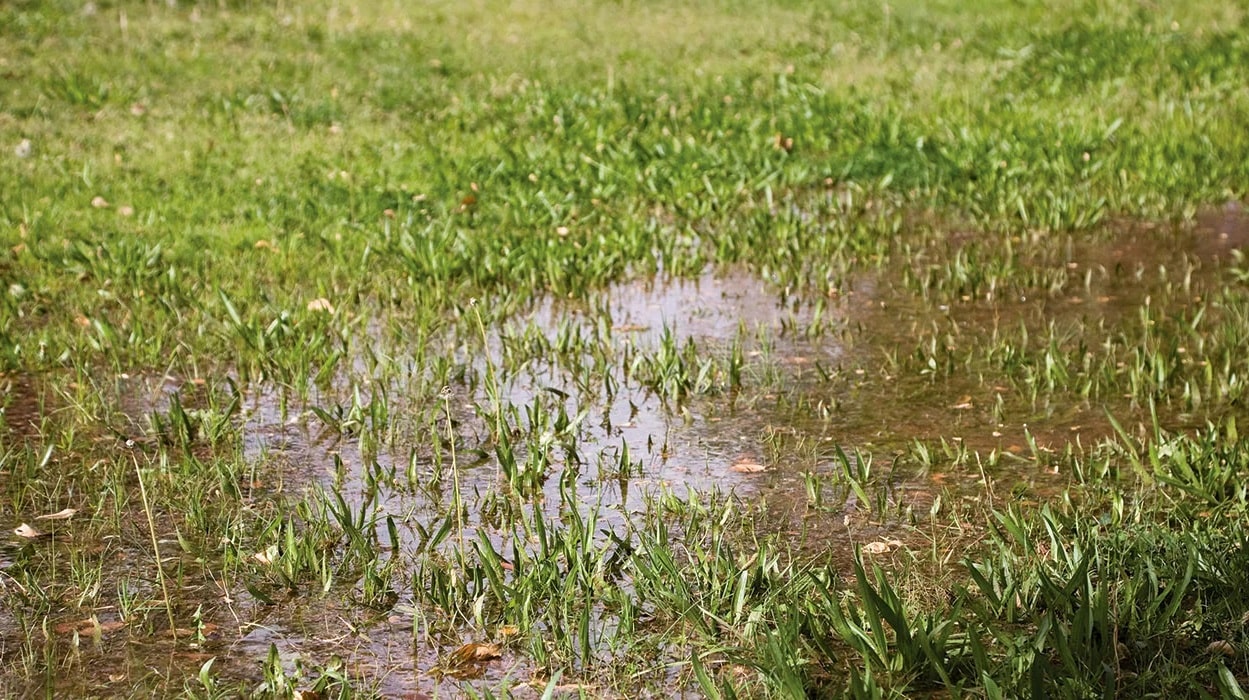
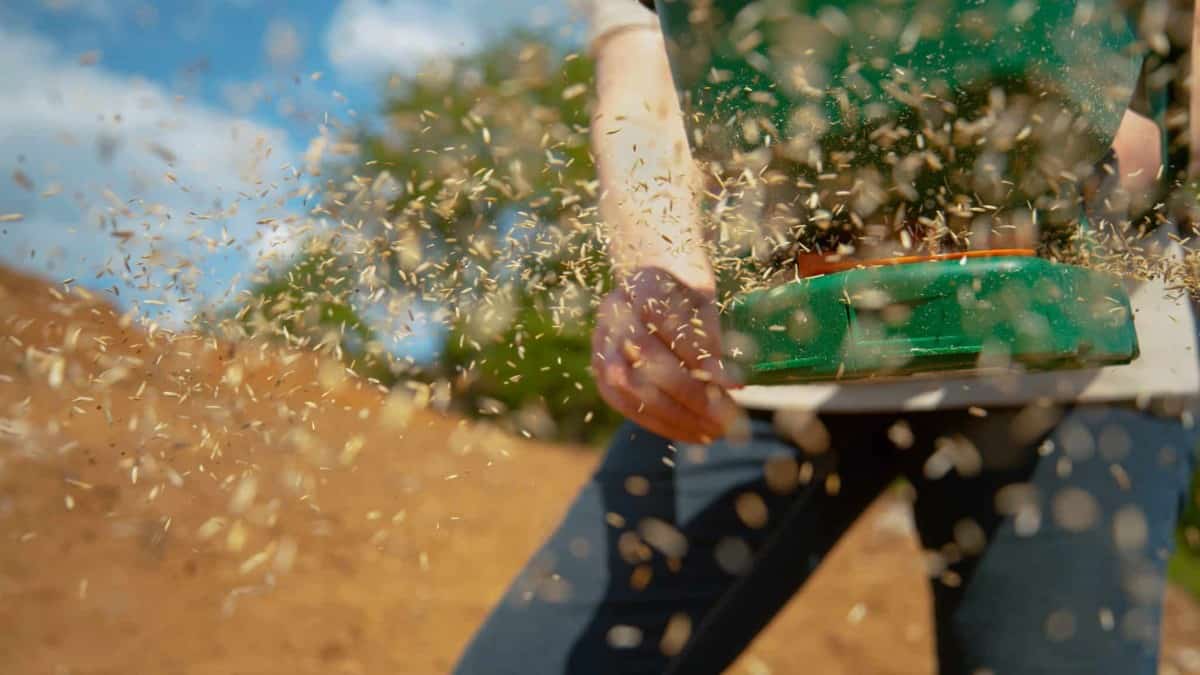

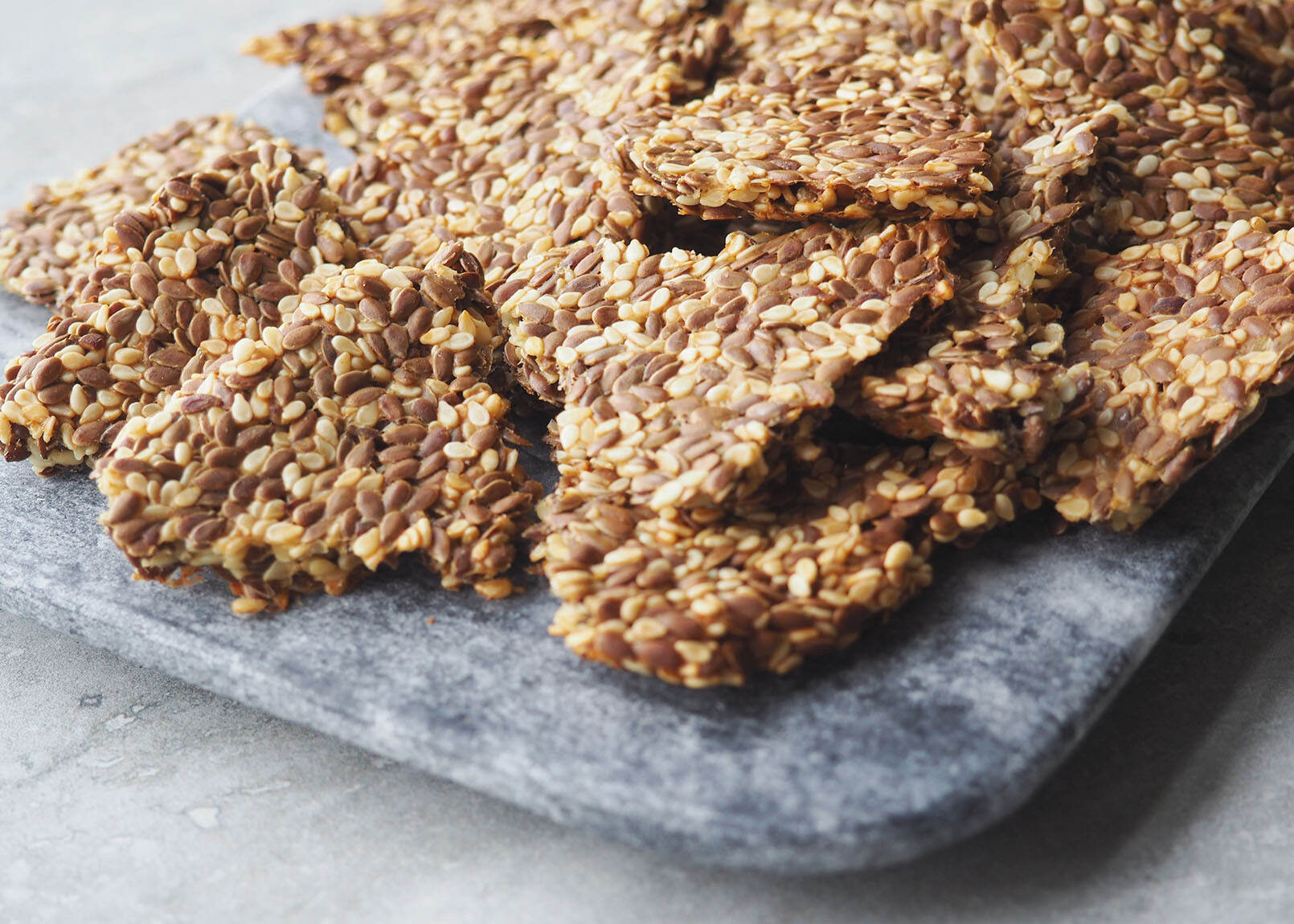

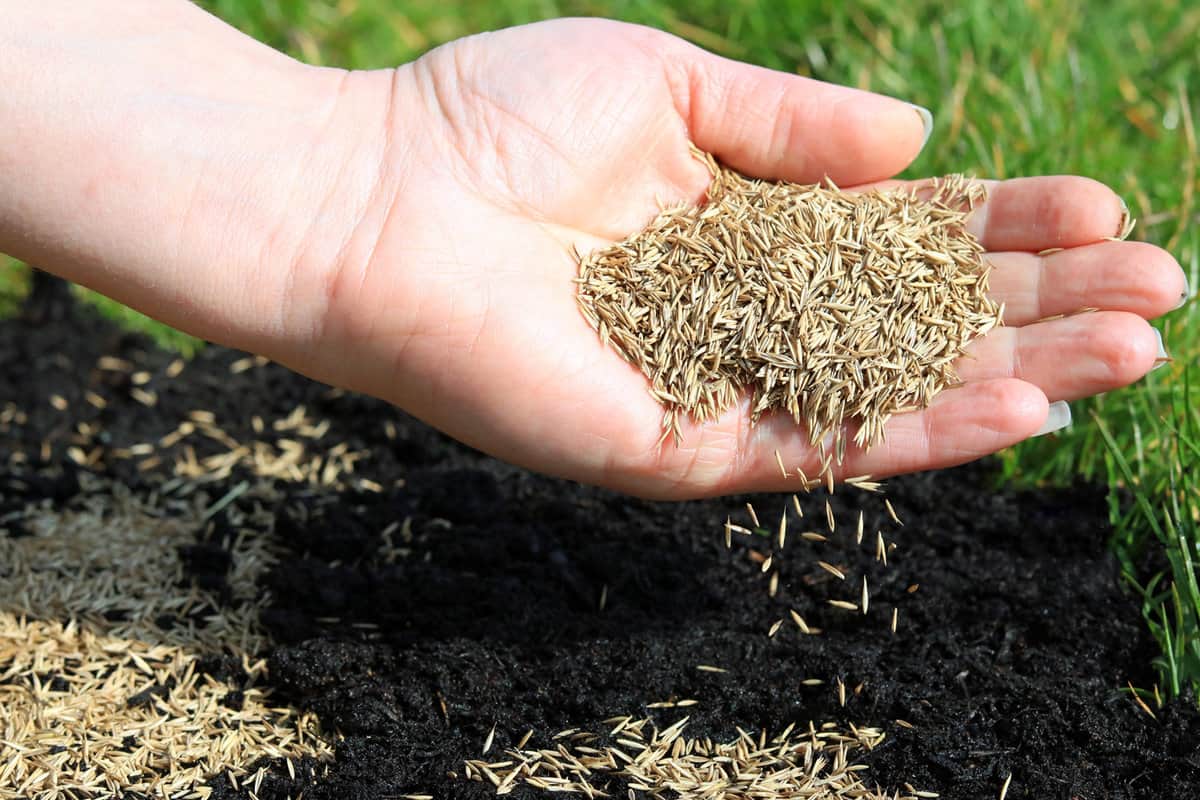

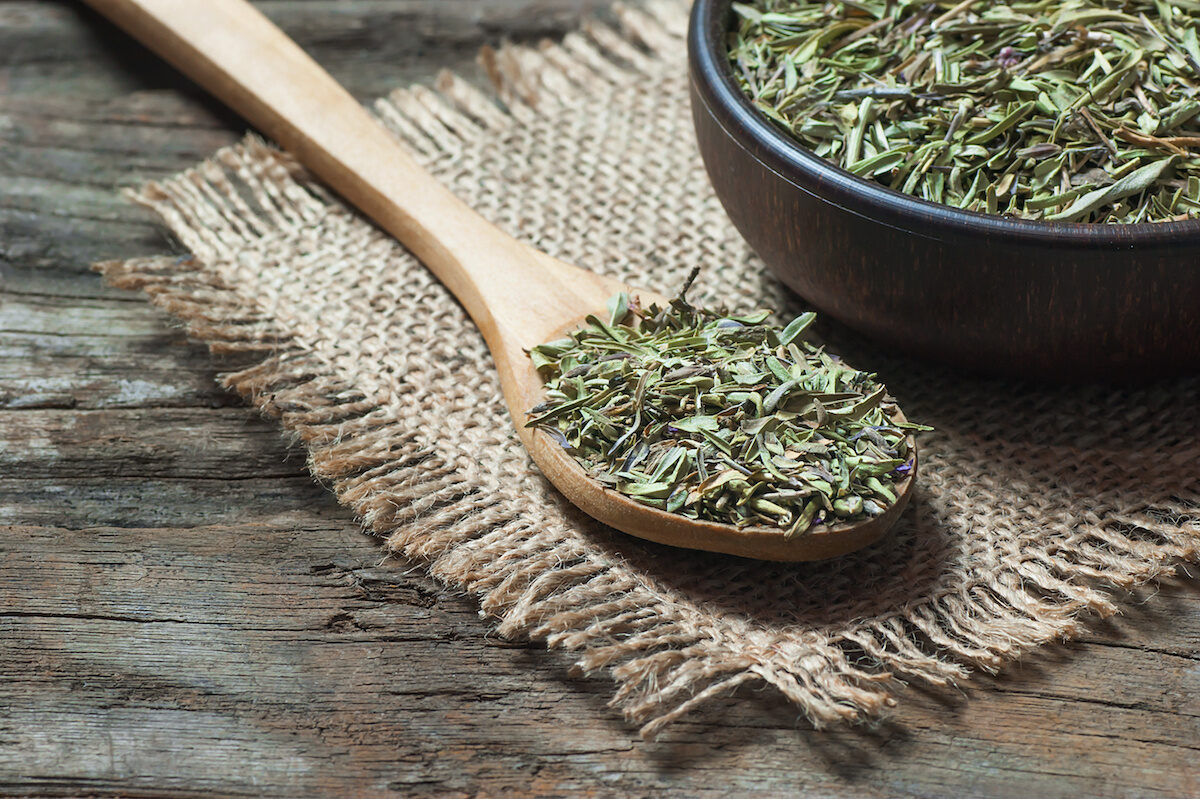
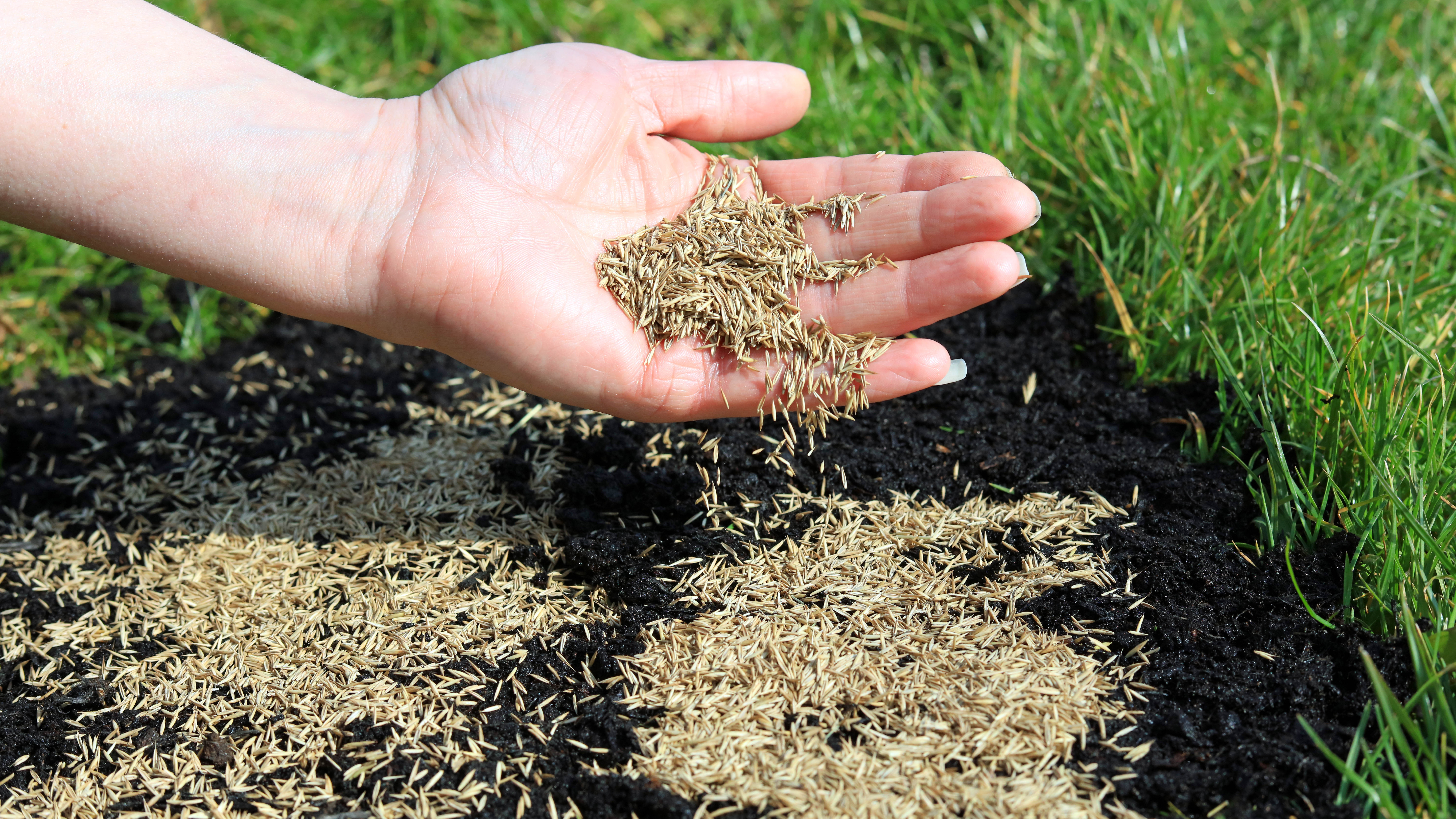
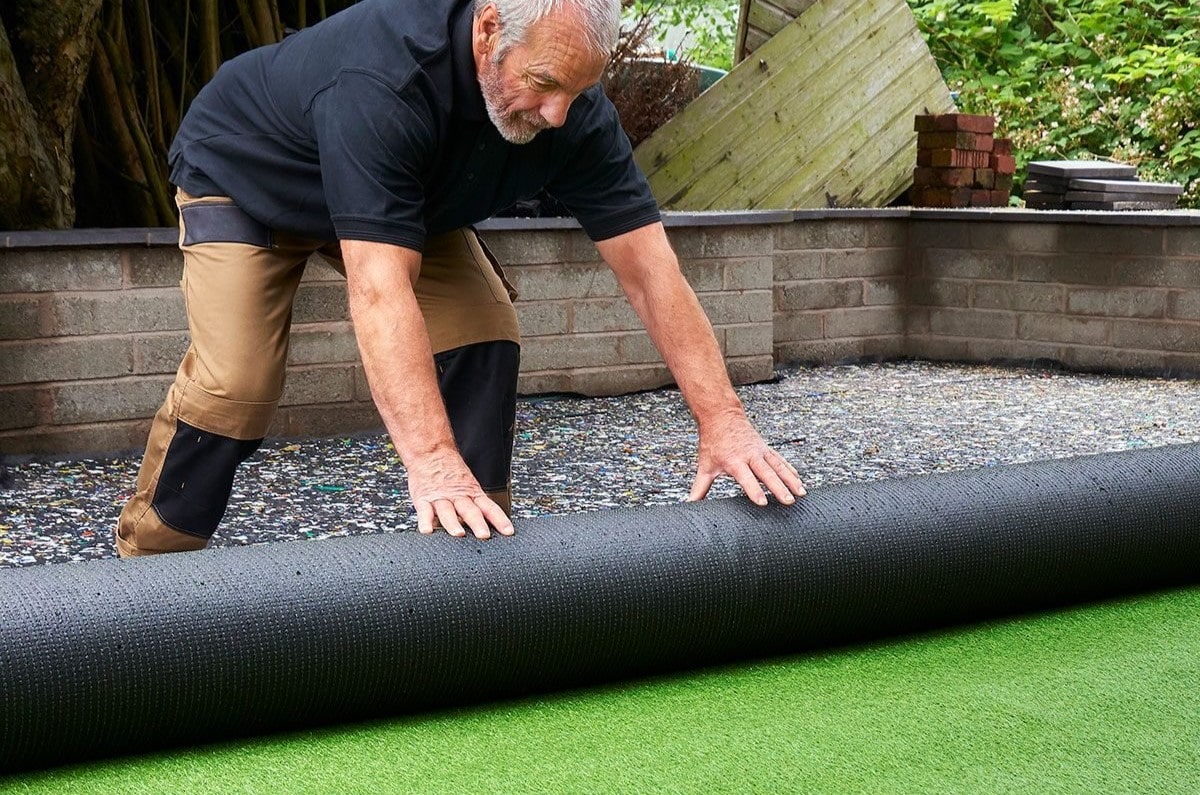
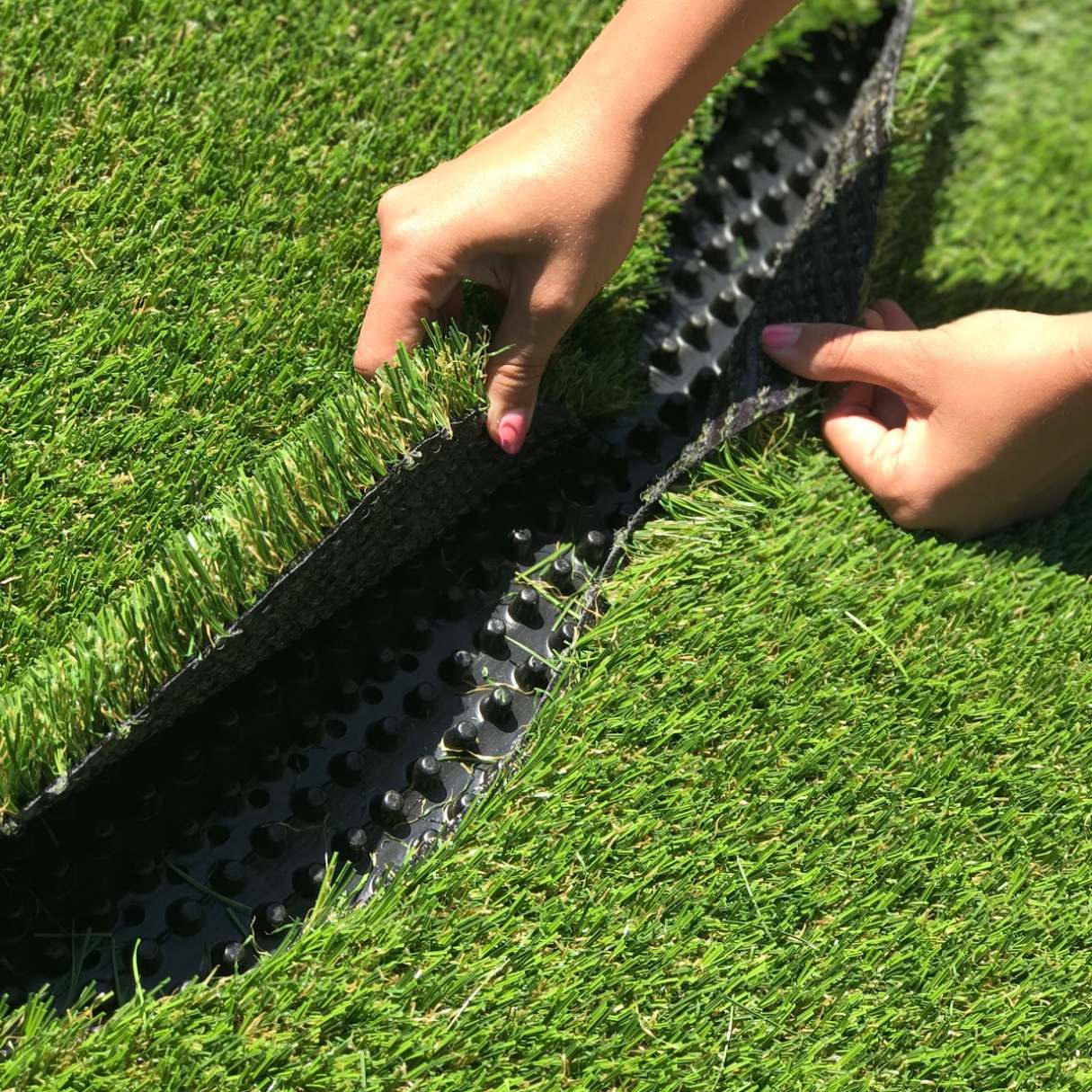
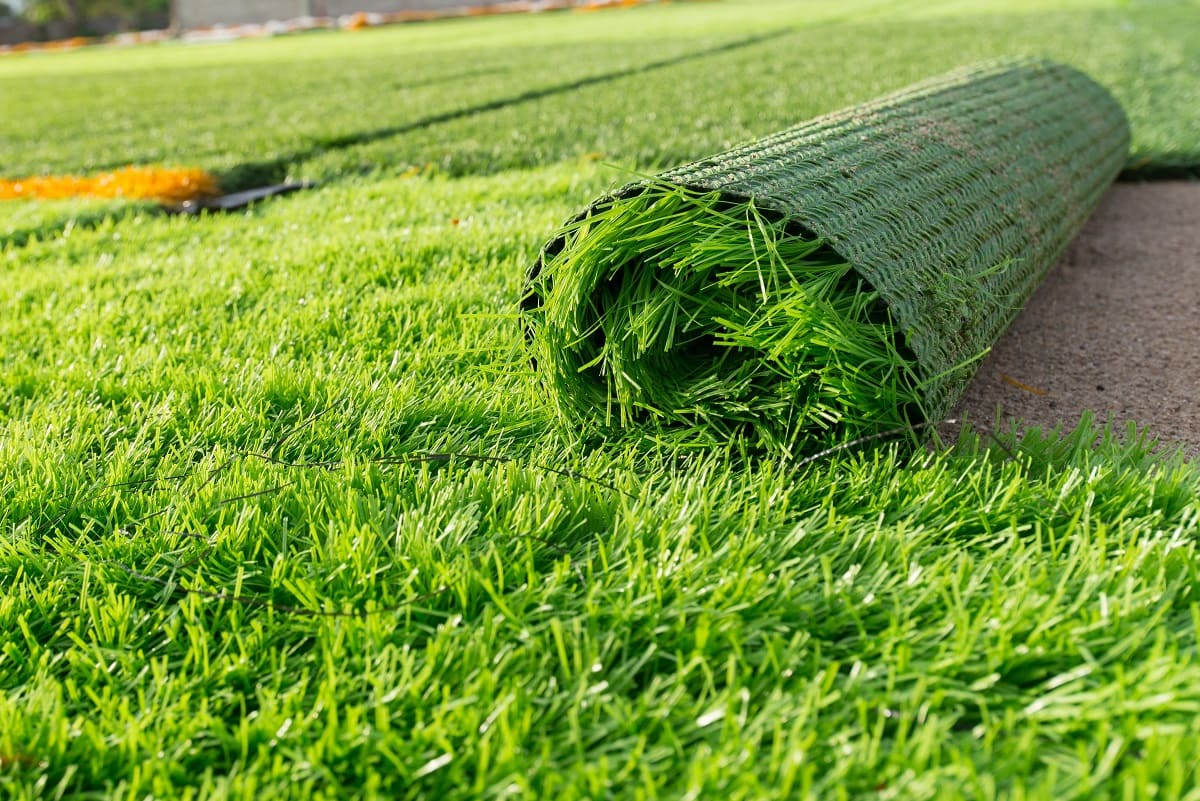
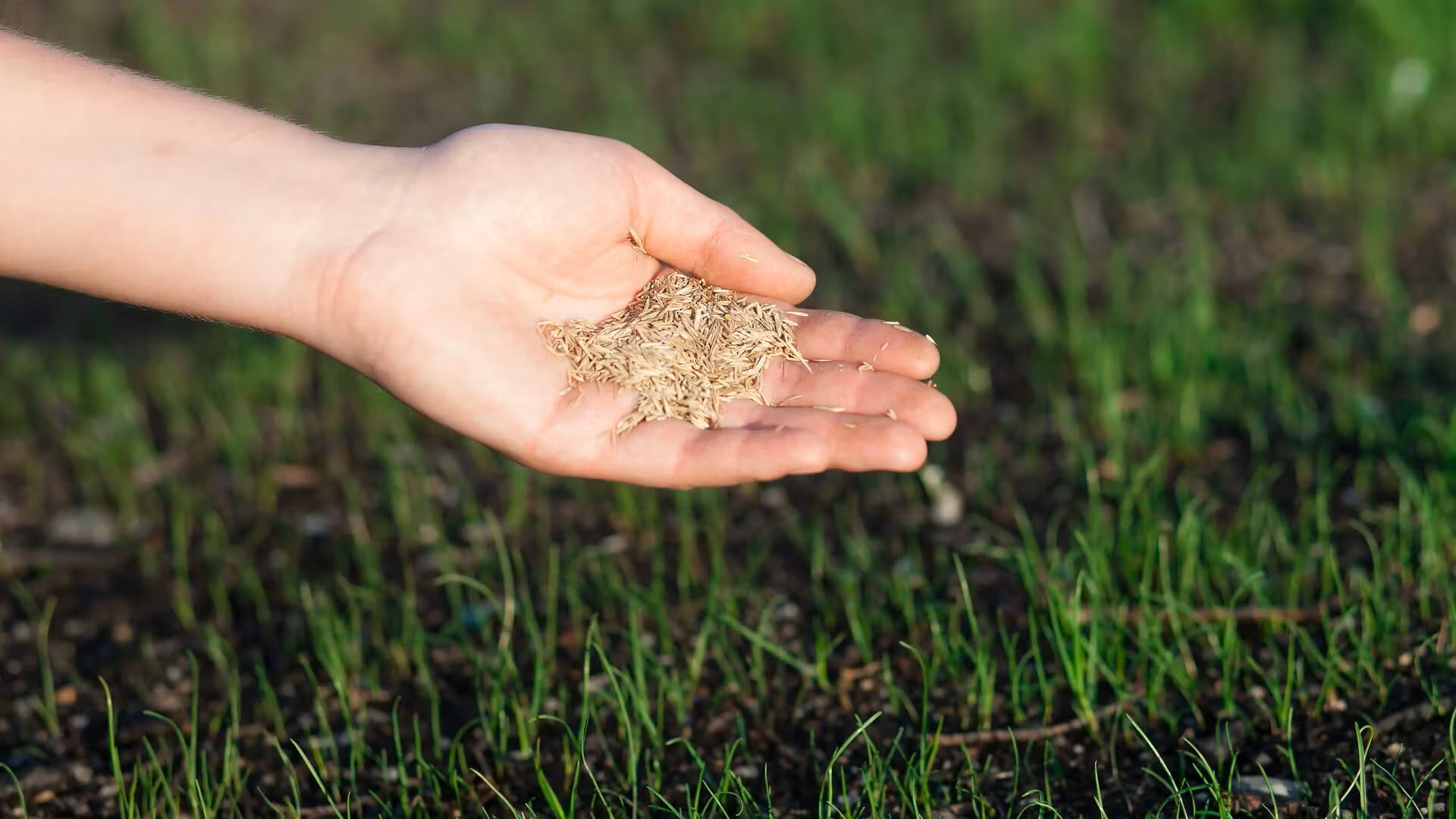
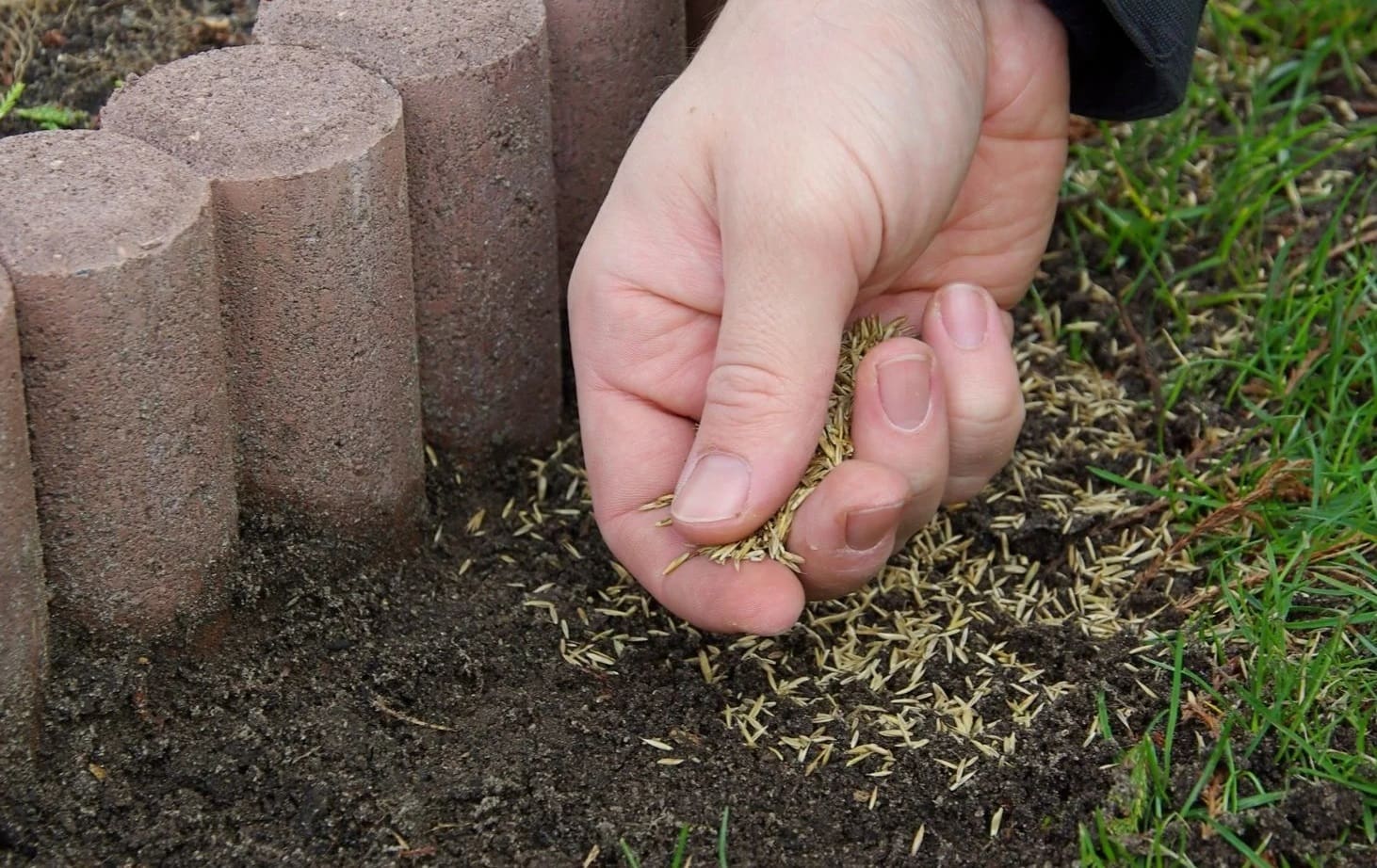
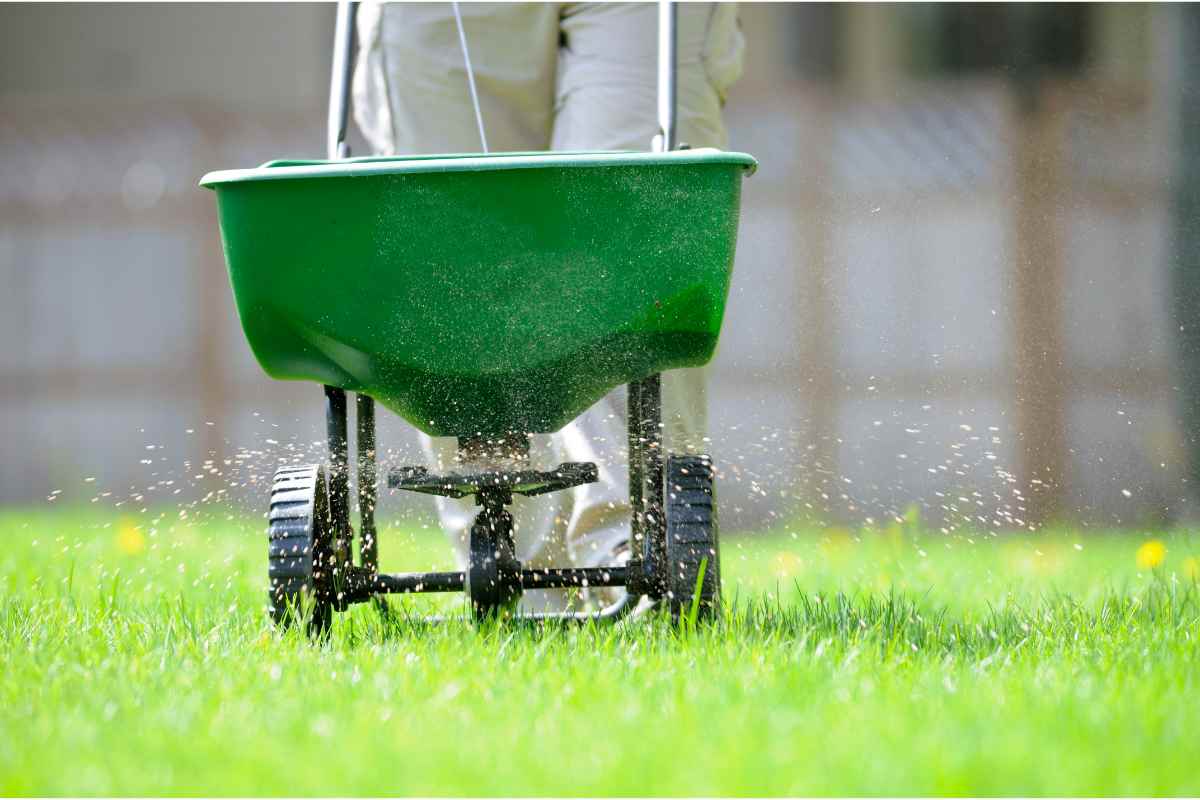

0 thoughts on “What To Do If You Put Down Too Much Grass Seed”